How to protect your garden from early frost this fall
Frost threatens vulnerable crops — here's how to protect them
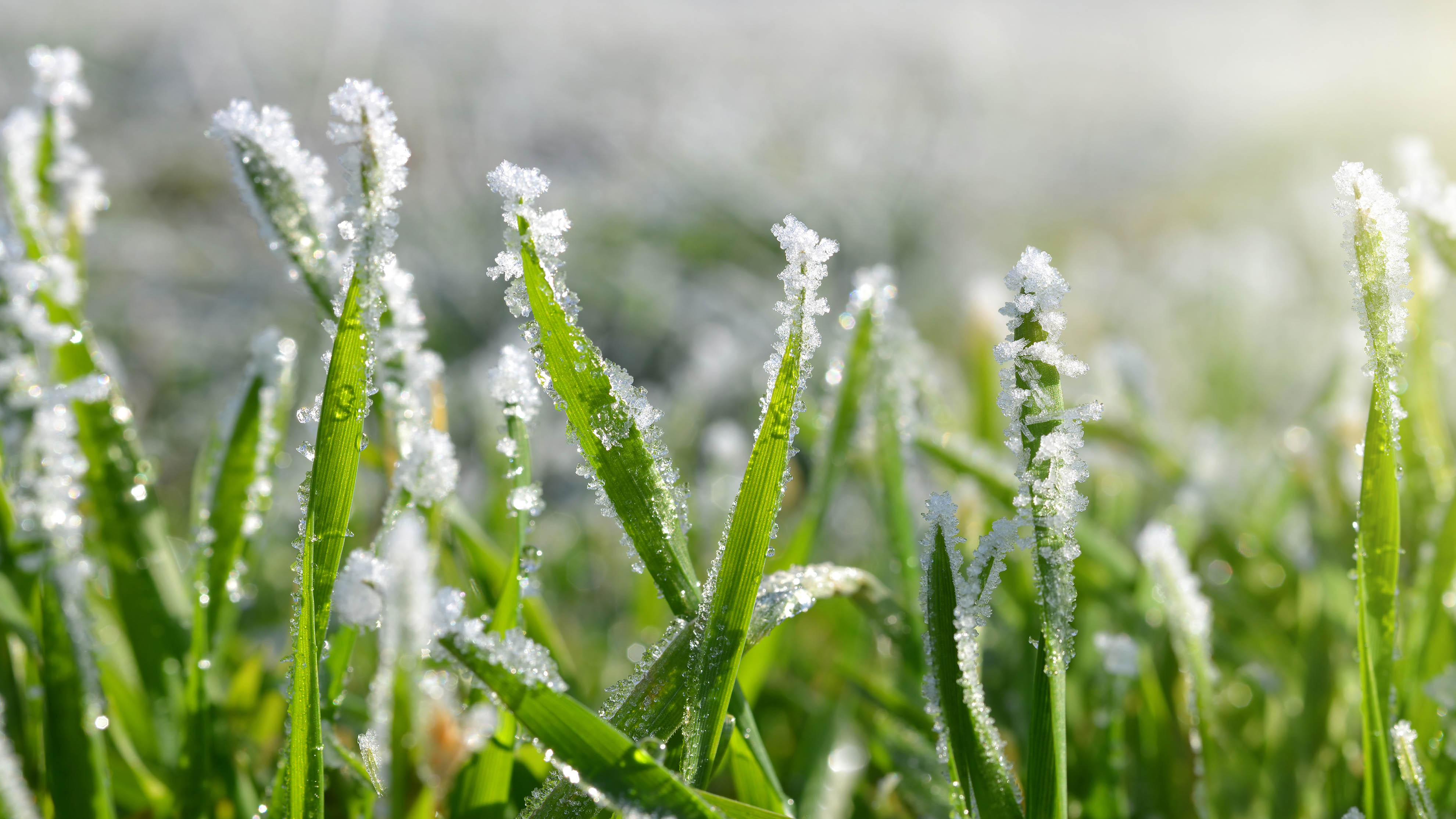
Frost dates matter for any gardener growing vegetables or tender plants. The first frost of autumn can arrive unexpectedly, and knowing which plants survive cold snaps and which don't determines what stays in the ground and what needs protection.
Two types of frost affect gardens differently: air frost (when air temperature drops to 0°C/32°F) and ground frost (when ground temperature hits freezing). Both can damage plants by bursting cell walls when water inside freezes, causing plants to turn black and die.
Understanding frost tolerance levels and how your garden reacts to cold helps you plan protection strategies before temperatures drop. Here's how to identify vulnerable plants, recognize frost pockets, and extend your growing season.
1. Understand frost tolerance levels
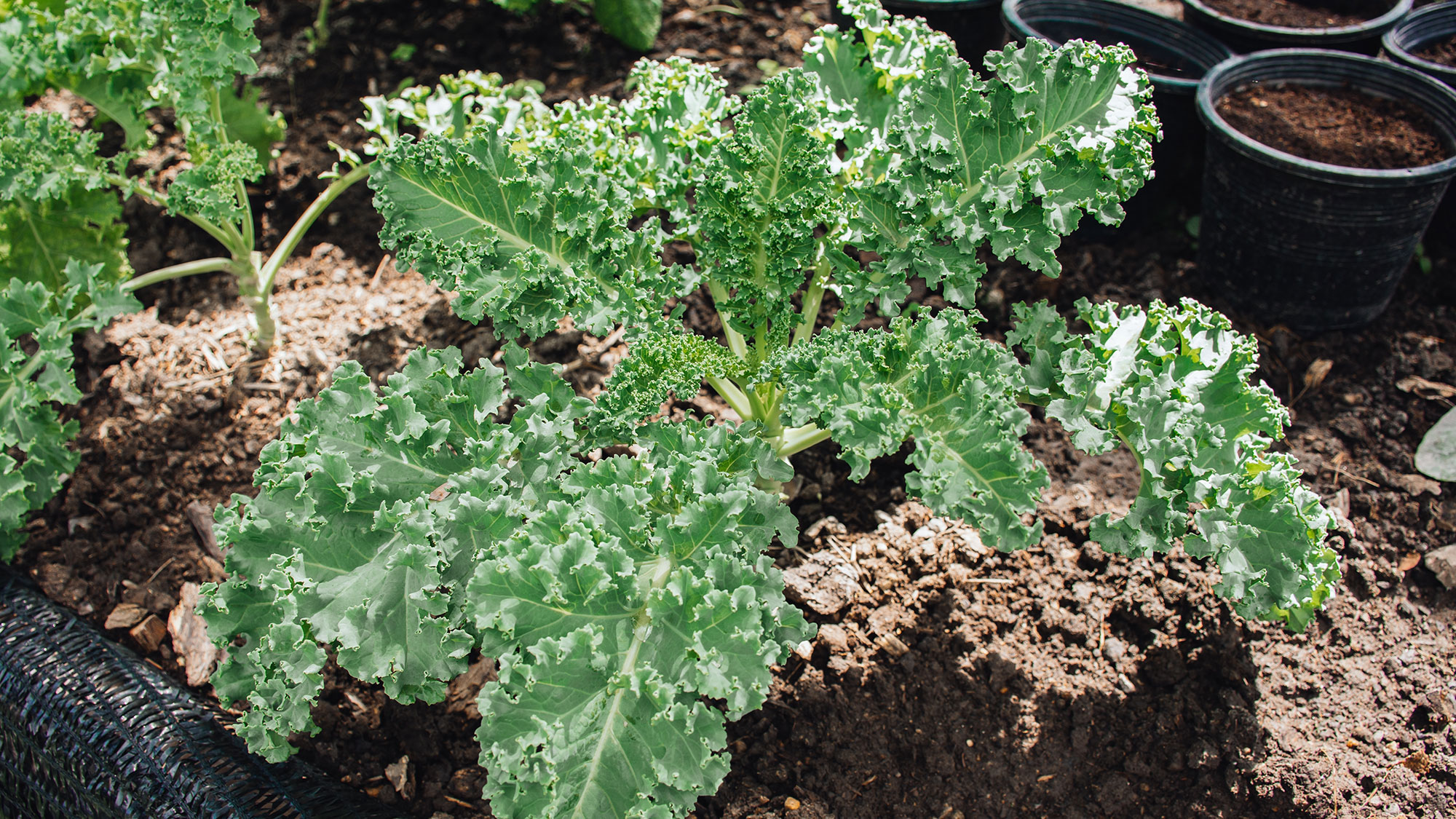
Tender plants like tomatoes, beans, cucumbers, and summer lettuces die at the first hard frost. These species have low frost tolerance and their growing season ends when freezing temperatures arrive.
Hardy plants, including leeks, chard, kale, and certain cabbage varieties, survive freezing weather. Kale and cabbage actually taste sweeter in winter as cold temperatures prompt them to convert starch into sugar.
Some tender crops survive a few extra weeks with protection using fleece or by moving container plants to sheltered positions. Cape gooseberries and similar plants respond well to this approach.
2. Identify frost pockets in your garden
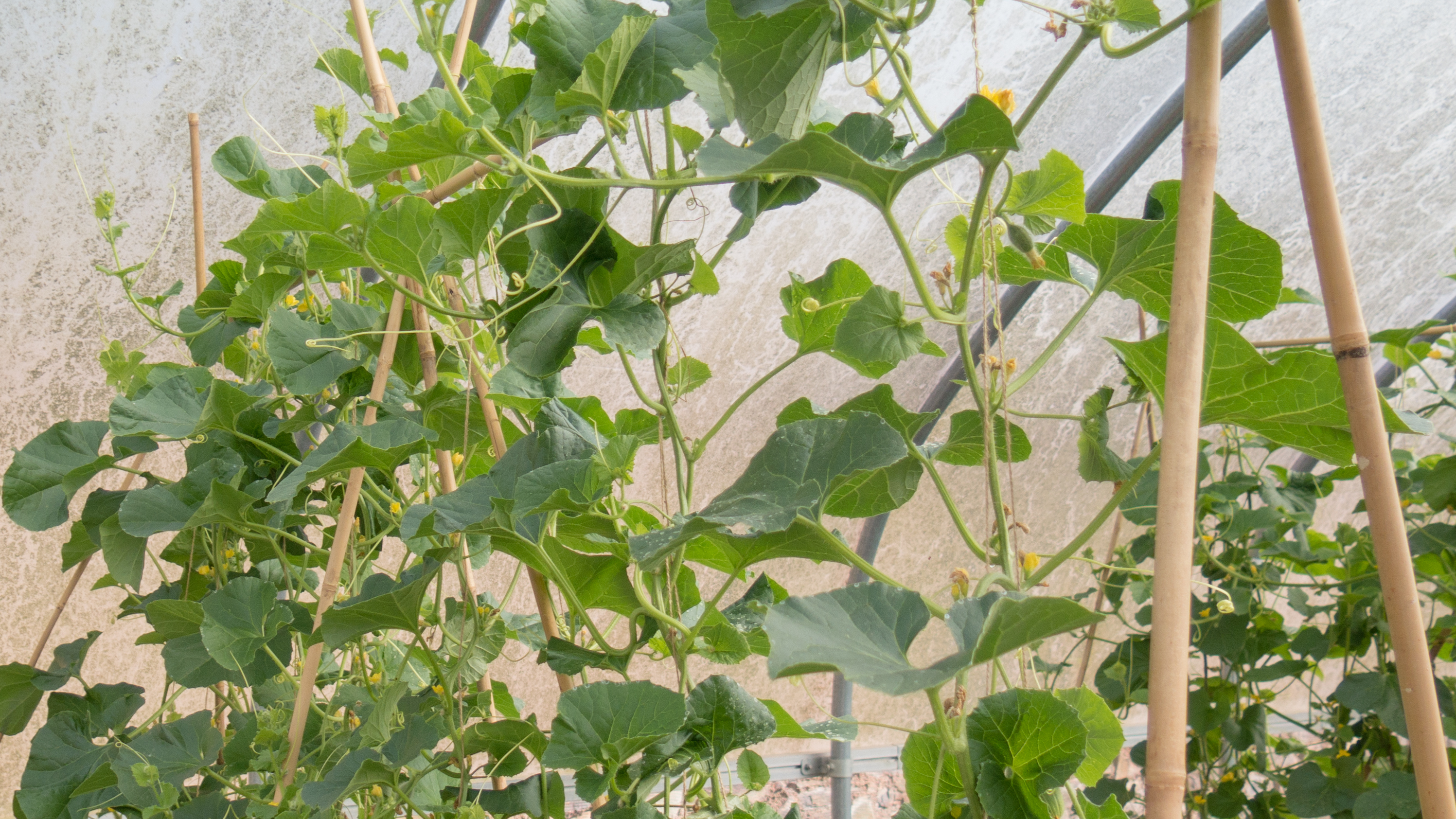
Cold air is denser than warm air and flows downward, meaning the bottom of sloped gardens freezes more readily than higher ground. These low points are frost pockets where temperatures drop first.
Avoid planting tender species in frost pockets or be prepared to cover them with fleece or bags even on moderately cold nights. Sheltered spots at higher elevations stay warmer longer.
During early cold snaps, observe which areas of your garden frost first. This knowledge helps you position plants strategically for better survival rates.
3. Recognize when frost is coming
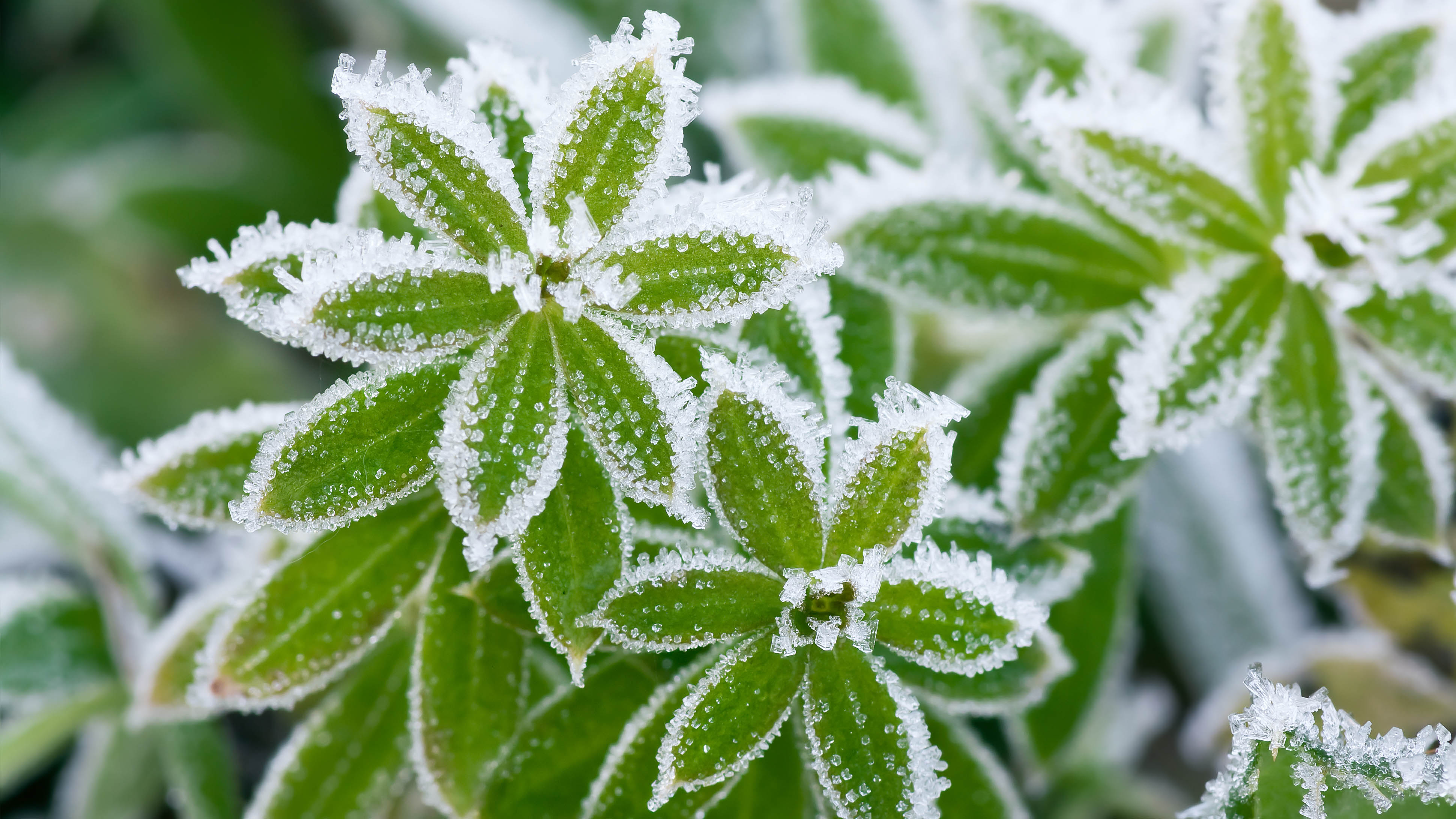
Meteorologists only forecast air temperature, so ground frost can occur even when the air temperature stays above 0°C/32°F. Air temperature forecasts don't tell the complete frost story.
Cold, clear, cloudless nights often precede ground frost that damages plants. These conditions allow heat to escape from the ground rapidly, dropping temperatures below freezing.
Check weather forecasts for temperature drops and prepare protection for vulnerable plants when clear, cold nights are predicted, even if air temperature forecasts show readings slightly above freezing.
4. Protect vulnerable plants from frost
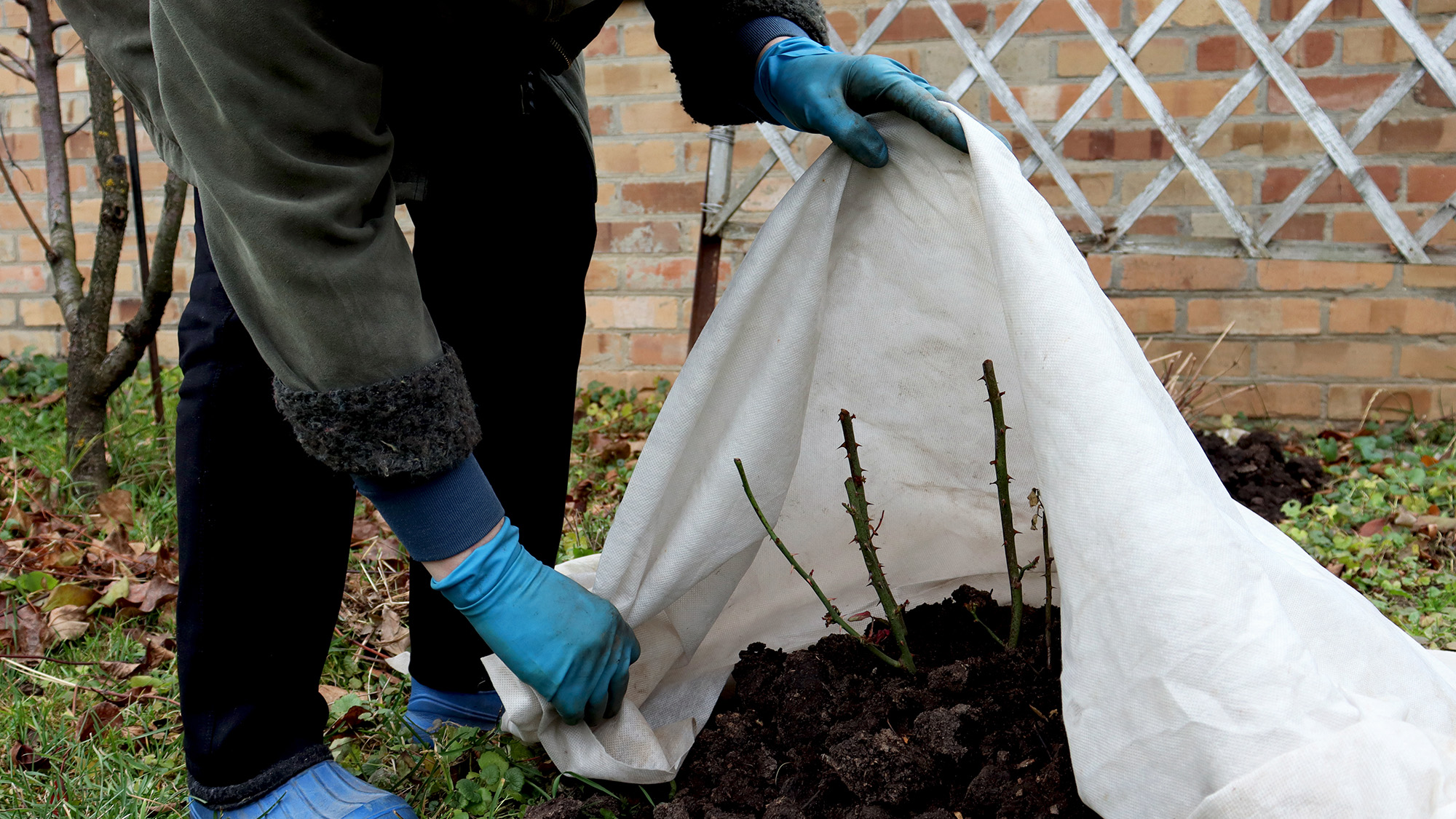
Cover tender plants with horticultural fleece on nights when frost is expected. This fabric traps warmth around plants and prevents frost damage to leaves and stems.
Move container-grown tender plants to sheltered positions near walls, under eaves, or into unheated greenhouses. These locations stay several degrees warmer than exposed garden areas.
Extend the season for frost-sensitive crops by using protection methods consistently. A few weeks of extra growing time can mean the difference between harvested crops and frozen losses.
And here are 9 ways you can protect your plants from frost — and help them survive the cold season.
5. Plan planting based on frost dates
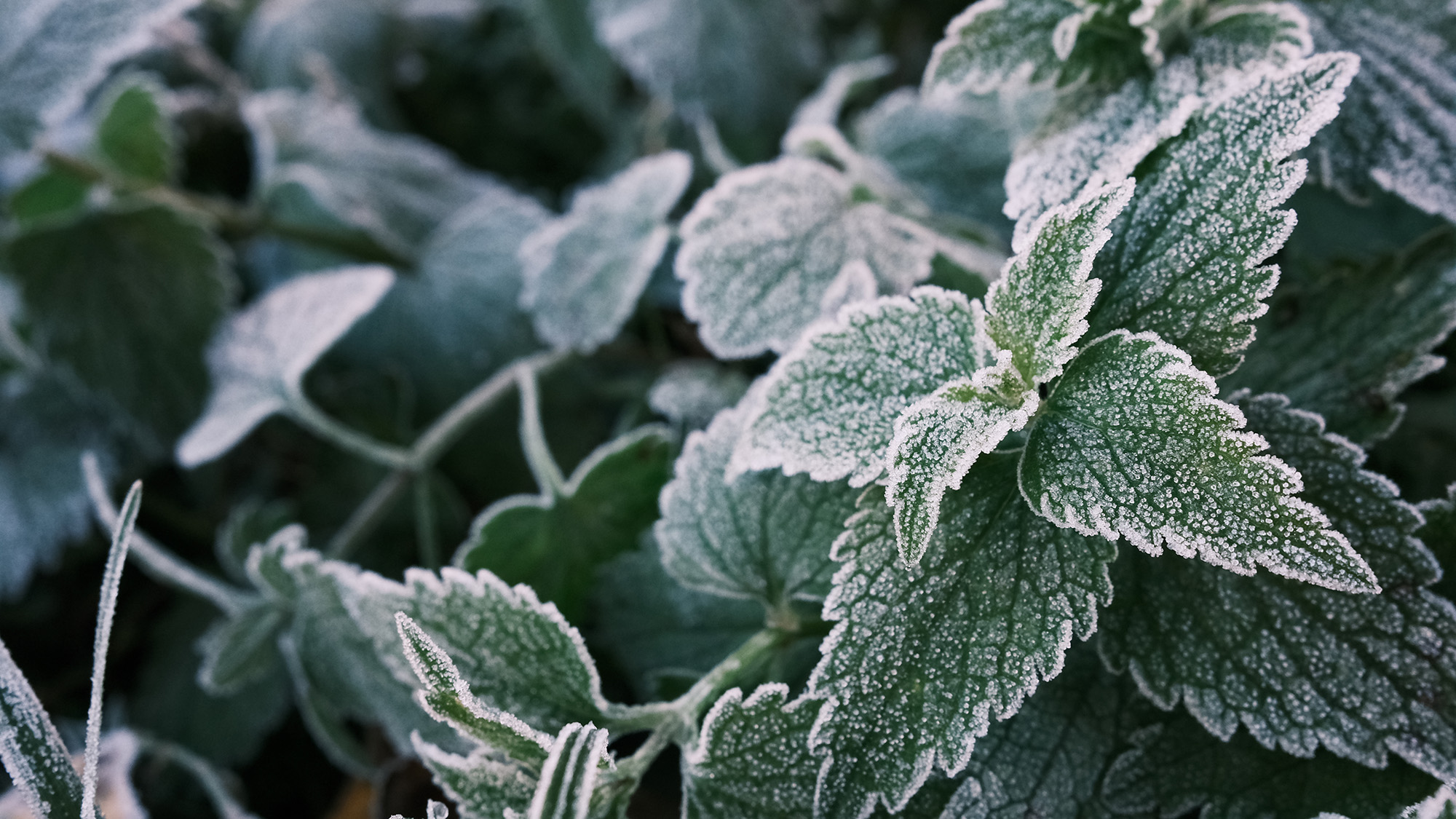
Know your area's average first frost date to plan when tender crops should finish producing. This helps you avoid planting species that won't mature before the killing frost arrives.
Plant hardy vegetables for autumn and winter harvests since they tolerate or improve with cold weather. Leeks, chard, kale, and winter cabbage provide food when tender crops have died.
Time sowings so tender plants mature before frost or be prepared to protect them. Late-season plantings of frost-sensitive species require more intensive protection as autumn progresses.
Follow Tom's Guide on Google News and add us as a preferred source to get our up-to-date news, analysis, and reviews in your feeds. Make sure to click the Follow button!
More from Tom's Guide
- Don't let your outdoor plants die this winter — 5 expert tips
- 7 flood-tolerant plants to protect your yard from heavy rain
- Should you prune hydrangeas in October? Here's what the experts say
Get instant access to breaking news, the hottest reviews, great deals and helpful tips.

Kaycee is Tom's Guide's How-To Editor, known for tutorials that skip the fluff and get straight to what works. She writes across AI, homes, phones, and everything in between — because life doesn't stick to categories and neither should good advice. With years of experience in tech and content creation, she's built her reputation on turning complicated subjects into straightforward solutions. Kaycee is also an award-winning poet and co-editor at Fox and Star Books. Her debut collection is published by Bloodaxe, with a second book in the works.
You must confirm your public display name before commenting
Please logout and then login again, you will then be prompted to enter your display name.
